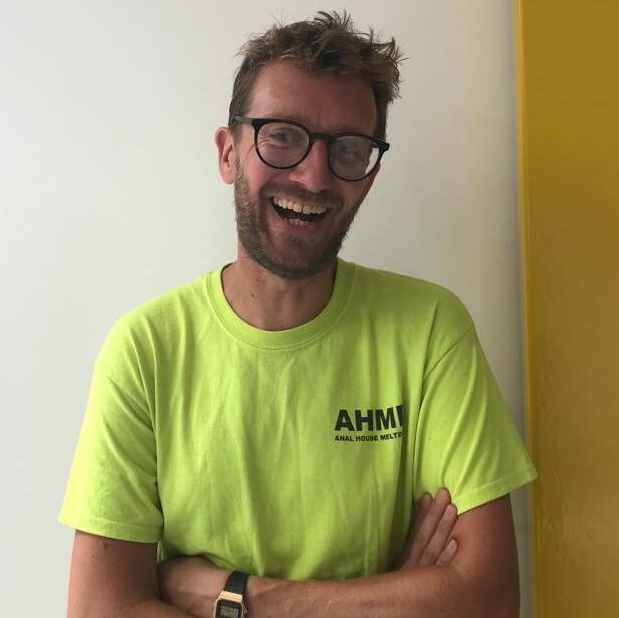“Occasionally I've been worried that I've poisoned myself but it's always turned out fine”: We speak to the artist who has just made an album from dangerous plants
Oram Award-winning electronic artist Helen Anahita Wilson tells us how she generated the music for her new album from poisonous plants and hallucinogens
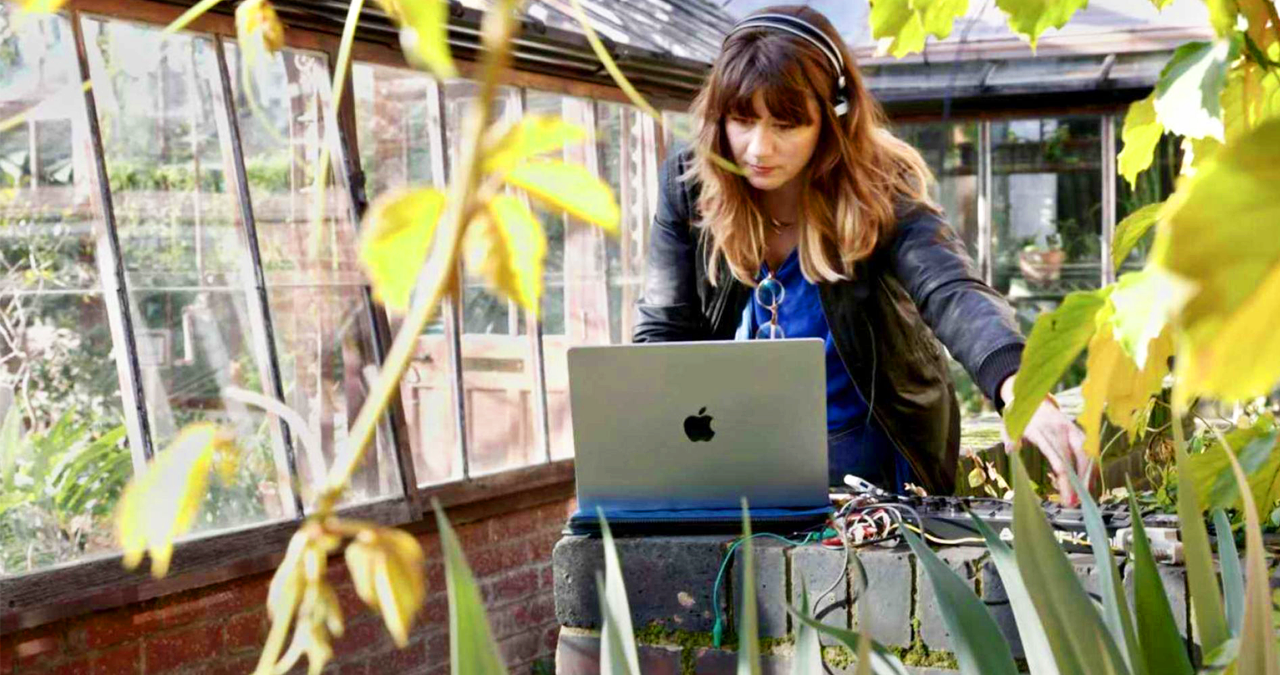
Fusing her training in both Western and South Asian classical music with DIY production set ups, electronic artist Helen Anahita Wilson has devoted her musical life to pushing the boundaries of what’s possible, and finding fascinating new ways to generate sounds.
Her latest album Nightshade widens Helen’s experimental journey into a shadowier frontier, taking its starting points from the titular magic-tinged - yet dangerous - family of plants.
Nightshade features a unique biophilic composition approach - harnessed from edible species including aubergines and potatoes and even hallucinogens such as the fabulously-named 'devil’s trumpet' (Datura stramonium) and deadlier, poisonous variants.
It follows her 2023 album, Linea Naturalis, which analysed the bio-electricity within plants that are typically used for medicinal or healing purposes.
Alongside her work as an artist, Helen is a lecturer at SOAS University of London, and holds a PhD in experimental sonic life writing about the body. She has performed internationally at venues including the Southbank Centre, the United Nations in Geneva, and St Paul’s Cathedral (where she was musician in residence), and collaborated with artists such as Shahbaz Hussain, Talvin Singh OBE, and Debashish Bhattacharya, as well as winning the prestigious Oram Award for her unique creative approach.
Ahead of the album’s release, Helen explained to us the actual process behind these experimental collaborations with plants - and just what a biophilic composition really is…
MusicRadar: Where did the inspiration for Nightshade come from?
Helen Anahita Wilson: “I’ve been making a lot of plant-derived music with medicinal plants over the last couple of years. I've loved these projects which have been quite ambient and spacious but I really wanted to make something that was more experimental, and more like my usual style and focus of composition. This album is really inspired by my friend, Sandy Knapp, who's a fantastic botanist and a world-leading expert on the Solanaceae family, otherwise known as the nightshades.”
MR: Where did you first come across this plant family?
H: “Sandy and I like to catch up and talk about nightshades when we meet up for breakfast sometimes in London. Sandy has told me so many fascinating things about this amazing family of plants and she really got me excited about working with plants such as porcupine tomatoes, hallucinogenic Datura stramonium (otherwise known as ‘devil's trumpet’), and deadly nightshades such as Atropa belladonna.”
Want all the hottest music and gear news, reviews, deals, features and more, direct to your inbox? Sign up here.
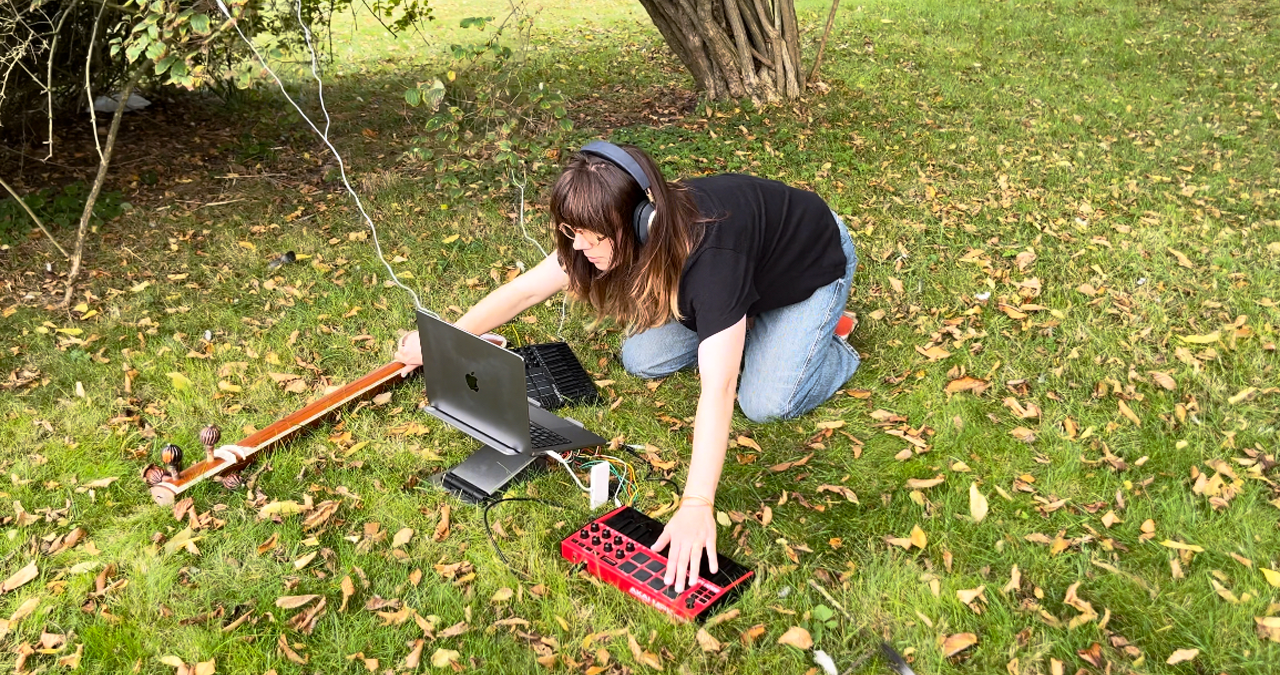
MR: What makes these plants unique compared with others that you have collaborated/worked with?
H: “I love that this plant family holds both highly nutritious and highly toxic plants within it, plus there are also hallucinogenic and addictive members of the family. There are so many magical associations too, such as mandrake and henbane, and connections with mortality, trance, prophecy, and spirit.”
MR: Could you explain the creative process with gathering biodata from the plants? What is your set up?
H: “I like to combine different types of plant biodata such as natural bioelectricity voltage readings (which I capture with a bioelectricity data logger), conductivity readings (like those you can get when using a ‘PlantWave’ device) which are sometimes called biosignals.
"I use real audio recordings using contact mics, genetic data, and other interesting finds from botanical analyses in order to generate patterns and rhythms which I then develop and compose with.
"Sometimes I allow changes in plant physiology to trigger samples but most of this album is composed from fragments of nightshade biodata which I then develop using experimental techniques from South Asian and Western classical music.”
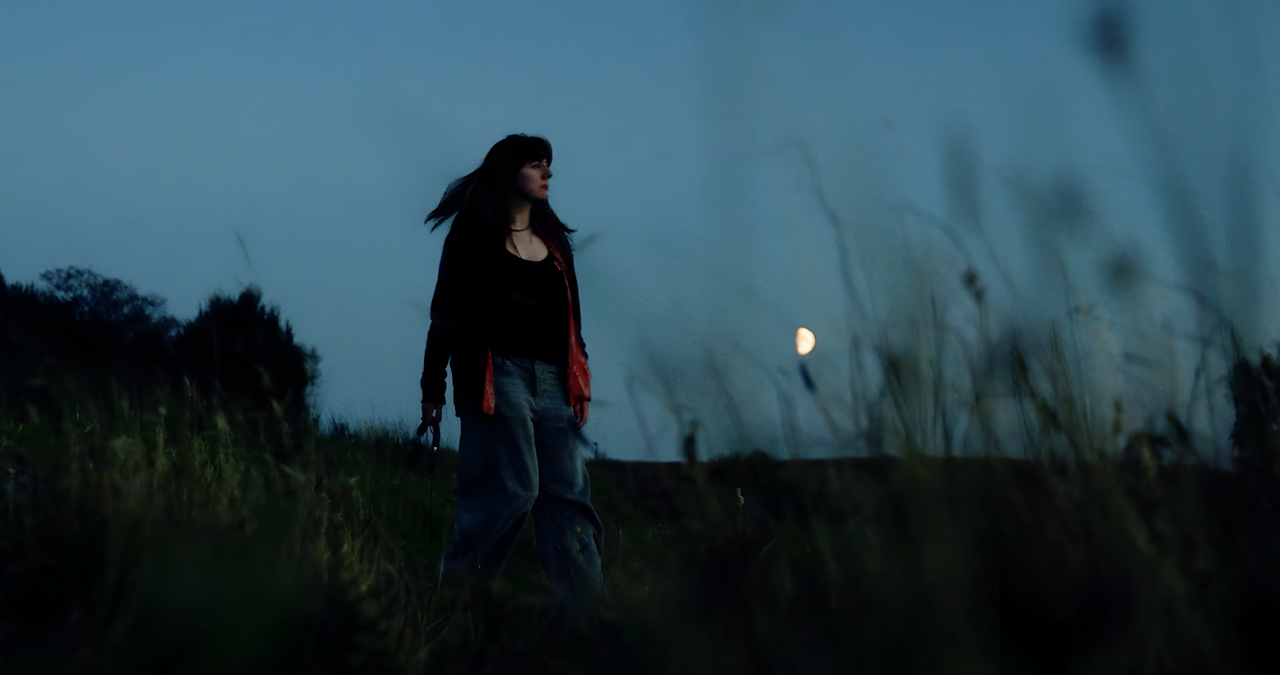
MR: Can you explain a little more about the genetic codes/biodata that you use - how do you feed this into your sound world?
H: “I often spot recurring patterns in the biodata that I record or in the botanical information I find in online databases.
"As soon as I notice a pattern or a trend I then isolate it, sometimes turn it into MIDI, and develop this isolated fragment using techniques from South Asian Carnatic music (which I studied as part of my PhD at SOAS University of London).
"Or I use botanical processes from the plants themselves which I then translate into compositional processes. That way the music behaves in a similar way to the plant and I find that a really satisfying, biophilic way of working - composing with aliveness itself!”
MR: What are the challenges with working with plants in this way? And were there any unique to working with the nightshades?
H: “The practical challenges often arise when I'm either trying to find a specific species or sometimes not being able to record them as it’s the wrong time of year. I find spring is the best time to start new projects like this as the plants are growing, budding, and are physiologically highly active which gives me plenty of interesting data to then work creatively with.
“Another challenge occasionally comes in the communication of my work. There are quite a few guys out there who work in plant biosonification, often doing very cool live shows hooking up a lot of plants and fungi and connecting them with modular synthesizers.
"My work is strictly in biophilic composition, not in biosonification. I use sonification as one of the first steps or stages in work but then it's all about creative composition, translating plant processes in compositional processes, embedding key characteristics from the plants into the music itself, and creating music that expresses the nature and character and aliveness of the plant.
“Another challenge can come with working with highly toxic plants and occasionally I've been worried that I've poisoned myself but it's always turned out fine, thank goodness!
"I've learned to be a lot more careful when working with plants such as deadly nightshade and devil's trumpet!”
MR: The album is full of brilliant moments. The Devil’s Trumpet in particular is extraordinary. How did this track come about?
H: “The Devil's Trumpet is my favourite track on the album and it came about just by chance really. I met trombonist Amos Miller at a dinner in Oxford last year and I was explaining a little bit about some of my plant projects and my plan to write something using only nightshades.
"Datura stramonium, also known as devil's trumpet, is a member of the nightshades and has associations with the occult, witchcraft ‘flying ointments’, and also has been used recreationally.
“The psychoactive and fatal doses are very close which makes this plant really hazardous. I'd kind of associated the trumpet with angels, heraldry, fanfares, that kind of thing... and on talking to Amos I started to think how the devil's trumpet could in fact be a trombone, with its sliding, gliding, more ambiguous and richer tonal qualities. So I composed The Devil's Trumpet especially for Amos and the notated score gives lots of performance directions which track a kind of sonic poisoning, moving through stages of intoxication, hallucination, and finally into death.”
MR: Were there any surprising moments when making the tracks on the record?
H: “I also really like the track Porcupine and the Outdoor Girls which I composed using biodata fragments from both toxic and edible tomatoes. This track swells and rushes and I loved making something that feels and sounds really expansive just from a few small tomatoes! I also loved writing the final track, Bella Donna, which was the first time I'd created a full notated score for organ from plant biodata.”
MR: What would you advise any producers looking to work with plants/organisms in this way? Are there any things you’ve learned on your musical journey that would have helped you when initially experimenting like this?
H: “Composers and producers need to think beyond sonification and biosonification of plants - to make music that goes beyond just listening to data and to physiology and actually create new biophilic music that represents and expresses the plants themselves.
"It certainly helps to have a plant guide - especially someone as fantastic as Dr Sandy Knapp - to help you explore and understand the plants and their properties so that you can create more holistic plant music that is so much more than just playing about with devices and bits of tech."
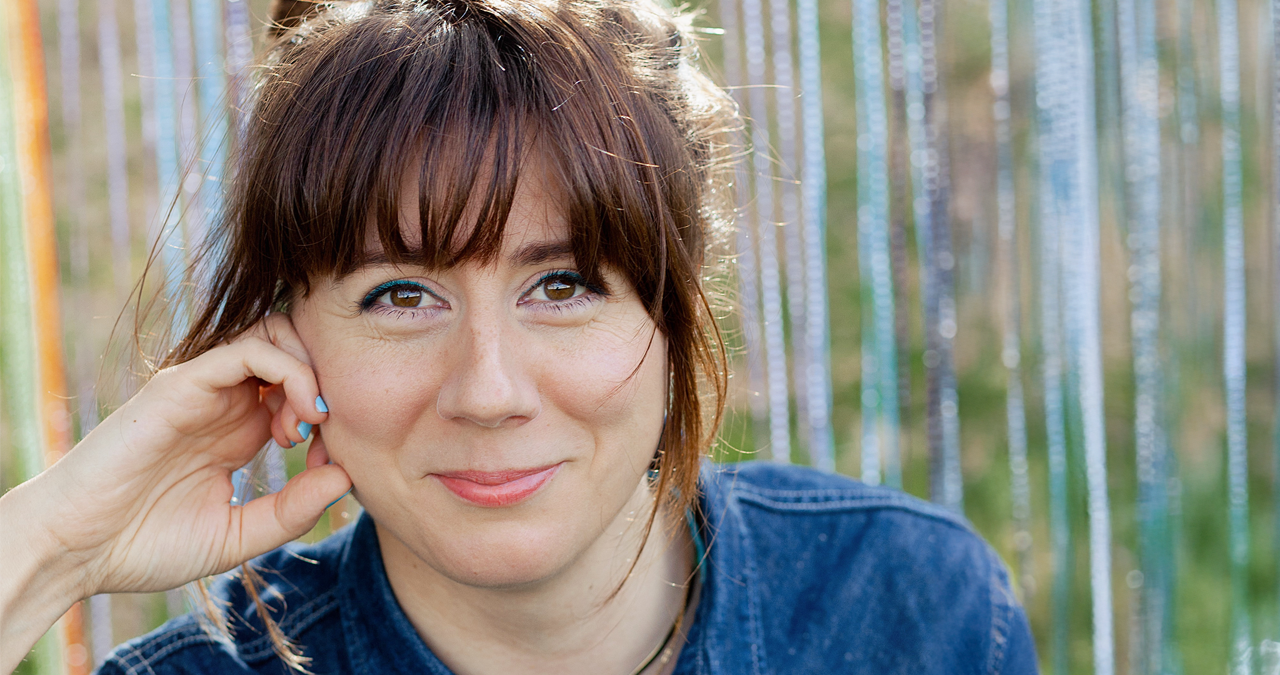
MR: How has your PhD shaped your musical experiments?
H: “My PhD was all about how we can tell stories about the human body, health, and illness through non-lexical sound and music. I created works that expressed human experiences of serious illness, internal biomedical processes, and also relationships of care during illness through music and particularly through South Asian rhythmic theories.
"Rather like the plant-derived biophilic music I create, this work was about so much more than just sonification, it was about creating meaningful compositions that communicated not just quantitative information but also qualitative, experiential and narrative information through rhythm and music.
"I use sound and music as ways of understanding all kinds of different areas of life and I love collaborating with people from different spheres such as medicine, botany, architecture.
“I love projects, like my PhD, that allow me to learn from doctors and geneticists and find ways of telling stories and sharing information through music.”
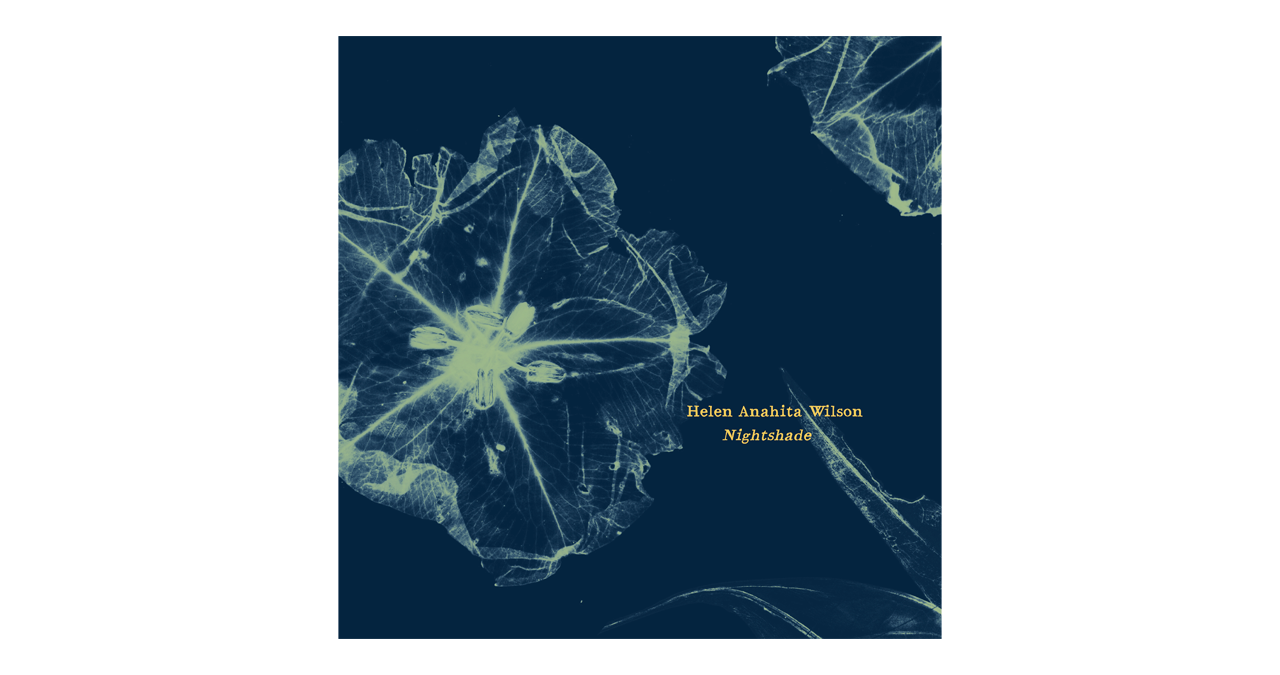
MR: Are there any organisms/plants you're looking to work with next?
H: “I really enjoy creating place/site-specific work and composing using plants from very special locations, such as the Hebrides or Dungeness.
“I’ve not been back to India for a few years now and I would love to create a new composition from plants found in one of my very favourite places on the coast in Kerala in south India.”
MR: What projects are you working on next?
H: “In 2026, there'll be some more plant projects happening and I'll be starting some more bodily projects, exploring medical sound archives and composing new works around specific sound worlds of the human body. I'm also really excited to start working on my third album with tabla player Shahbaz Hussain - it's been nearly five years since our last album together and I can't wait to get back in the studio again for our next collaboration. Working with Shahbaz is always very special and we have such a great time playing together.”
Find out more about Helen's work over on her website
Jim Ottewill is an author and freelance music journalist with more than a decade of experience writing for the likes of Mixmag, FACT, Resident Advisor, Hyponik, Music Tech and MusicRadar. Alongside journalism, Jim's dalliances in dance music include partying everywhere from cutlery factories in South Yorkshire to warehouses in Portland Oregon. As a distinctly small-time DJ, he's played records to people in a variety of places stretching from Sheffield to Berlin, broadcast on Soho Radio and promoted early gigs from the likes of the Arctic Monkeys and more.
You must confirm your public display name before commenting
Please logout and then login again, you will then be prompted to enter your display name.


